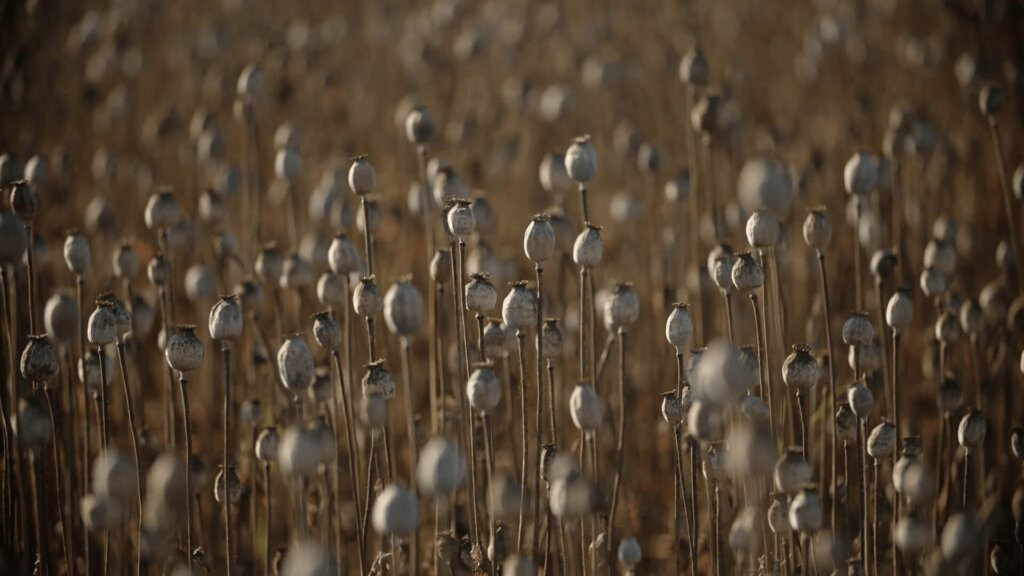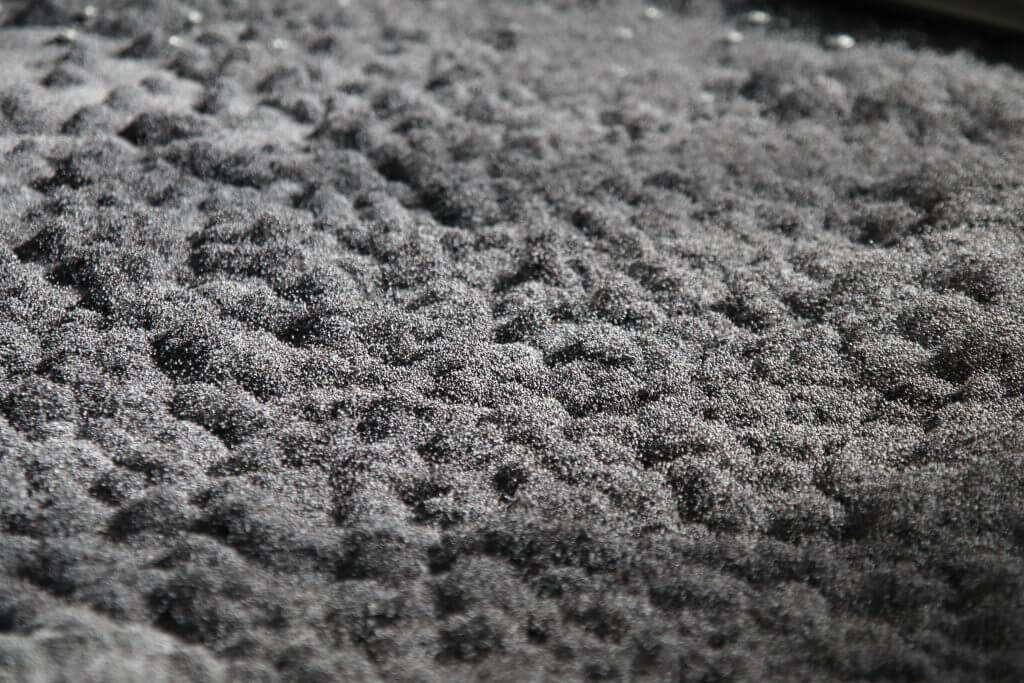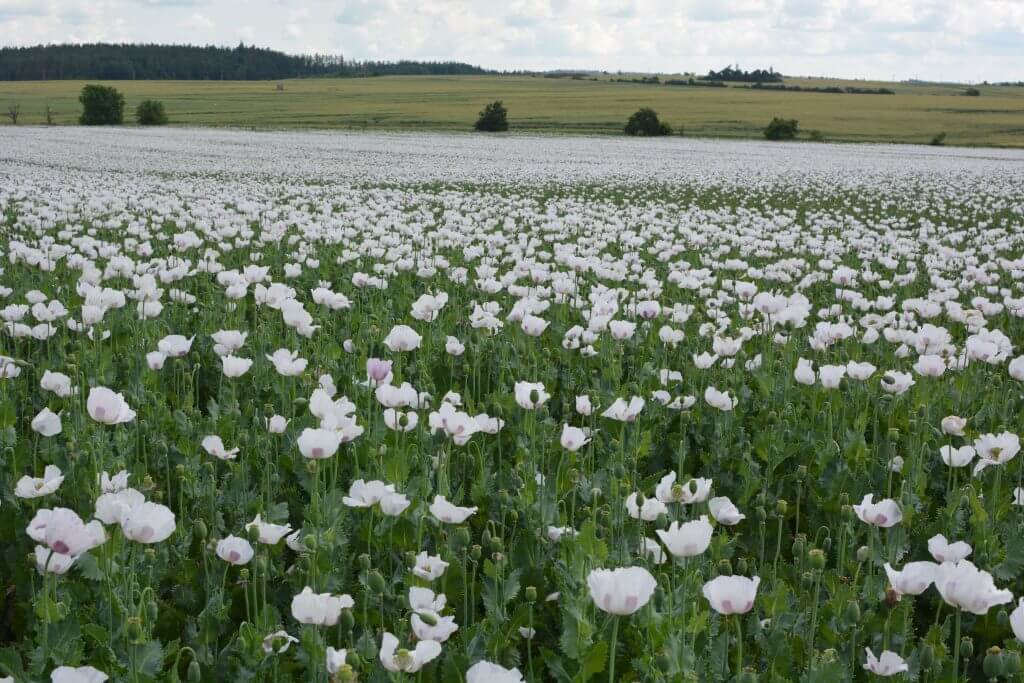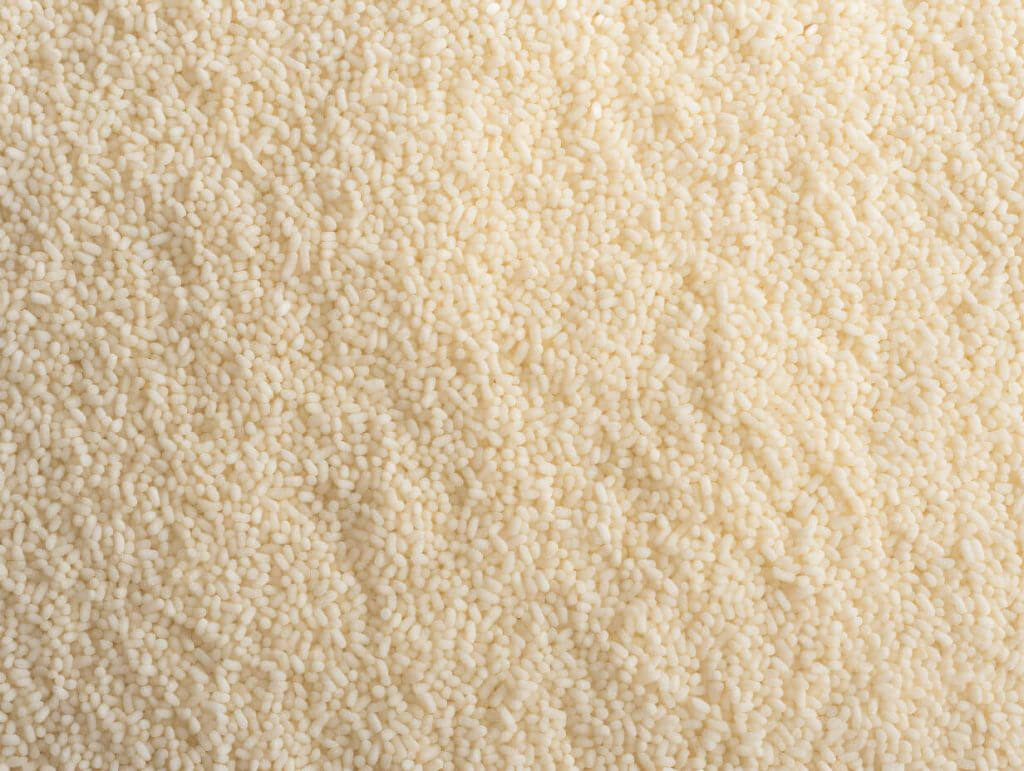Poppy species in the Czech Republic
Poppy seeds are obtained from a plant called Poppy (Papaver somniferum in Latin). It is a very popular crop in the Czech Republic and its cultivation dates back to the Late Bronze Age. Although poppy cultivation in the Czech Republic has a very long tradition, most people think of red poppy flowers. But which poppies are best suited for processing and use in the food industry, and what varieties of poppies does AGRA Group supply from the Czech Republic?
Blue poppy

Interesting facts
The blue poppy, a variety of the poppy (Papaver somniferum), is an annual plant in the poppy family (Papaveraceae). It is native to Europe, Asia and Africa, but is now cultivated worldwide. The name Czech blue poppy is a designation for a group of poppy varieties that are grown in the Czech Republic and are characterized by a low content of morphinan alkaloids.
The blue poppy has a low, upright stem that grows to a height of 30-80 cm. The leaves are narrow, lanceolate and long-petiolate. The flowers are relatively large, reaching up to 10 centimeters in diameter, and are white in color. You can see the blue poppy blooming in the Czech Republic from approximately May to July at the latest. Harvesting usually takes place in July to August.
Blue poppy seeds grown in the Czech Republic are small, round, and dark blue. They have a mildly sweet flavor and are a popular ingredient in pastries, candies, and other dishes.
Uses of blue poppy seeds
Blue poppies have a wide range of uses. The seeds are mainly used in the food industry, where the ground poppy seeds are used not only in sweet pastries (poppy seed cakes, poppy seed buns, etc.) but also in confectionery. Moreover, thanks to their interesting texture and positive effects on the human body, poppy seeds are also becoming a popular ingredient in fruit and vegetable salads, soups and hummus.
In addition to the food industry, to which AGRA Group has been supplying its Czech ground poppy for several years, blue poppy is also used as a food supplement and natural medicine. However, there are other varieties for these purposes that are not grown on a large scale in the Czech Republic. Food poppy is bred so that its seeds have a reduced content of alkaloids, which have sedative, analgesic and antitussive effects.

White poppy

Interesting facts
Like the blue poppy, the white poppy is also an annual plant of the poppy family, a variety of the poppy (Papaver somniferum). The white poppy was originally found in Asia, and today poppy fields with white flowers can be found in China, Nepal, Sri Lanka, as well as the Czech Republic and Turkey.
The white poppy is no different in appearance from the blue poppy except for its color. It also has a low, upright stem that grows to a height of 30-80 cm. The leaves are narrow, lanceolate and long-petiolate. The flowers are large, about 10 cm in diameter, and have a typical white color. You can see it blooming in the same way as the blue poppy – from May to July at the latest.
The seeds are small, round, and whitish. They have a distinct nutty flavor and are a popular ingredient in sweet and savory pastries, salads, soups, and other dishes.
Uses of white poppy seeds
White poppies have similar uses to blue poppies. The seeds are used in food and medicine. However, for many years you would not find it on the shelves of bakeries. Originally, white poppies were only used as a medicine, as the seeds were considered unpalatable. However, due to its high opiate content, the cultivation of white poppies has been regulated and restricted since the 1960s and has even been banned in some states. It was only later that its unique and delicious flavour was discovered, which led to the use of the white poppy in the food industry.
Today, white poppy seeds are used in the food industry as an ingredient in baked goods, candies, salads, soups and other dishes. Their distinctive nutty flavour adds an interesting taste to dishes and the white seeds can also attract the attention of customers.

Blue poppy vs. white poppy
Although they are two closely related plants, there are some differences between the white and blue poppy.
- Flower colour
- Both blue and white poppies have white flowers. Blue poppy varieties that bloom in the fall have purple flowers.
- Seed colour
- Blue poppy seeds are steel blue, while white poppy seeds are whitish-light.
- Taste of the seeds
- Blue poppy seeds have a slightly sweetish taste, while white poppy seeds have a distinct nutty taste.
- Uses
- Both poppies are used in food and medicine. The blue poppy is mainly used in sweet pastries and confectionery, while the white poppy is often used in savoury pastries or salads.
In addition to blue and white poppies, there are a large number of other varieties, with more than 100 different species identified today. However, most of the plants are not suitable for food use. In addition to the two varieties mentioned above, we can also find oil poppies in the kitchen, or rather the product that is made from this variety – poppy seed oil.
The seeds of the poppy have a high oil content and poppy seed oil has many uses in the kitchen. Thanks to its good digestibility and high vitamin E content, it has become a great flavouring for sweet and savoury salads. In addition to the food industry, poppy seed oil is also used in pharmaceuticals and can be found in cosmetic stores. In fact, poppy seed oil is often added to skin and hair care products.